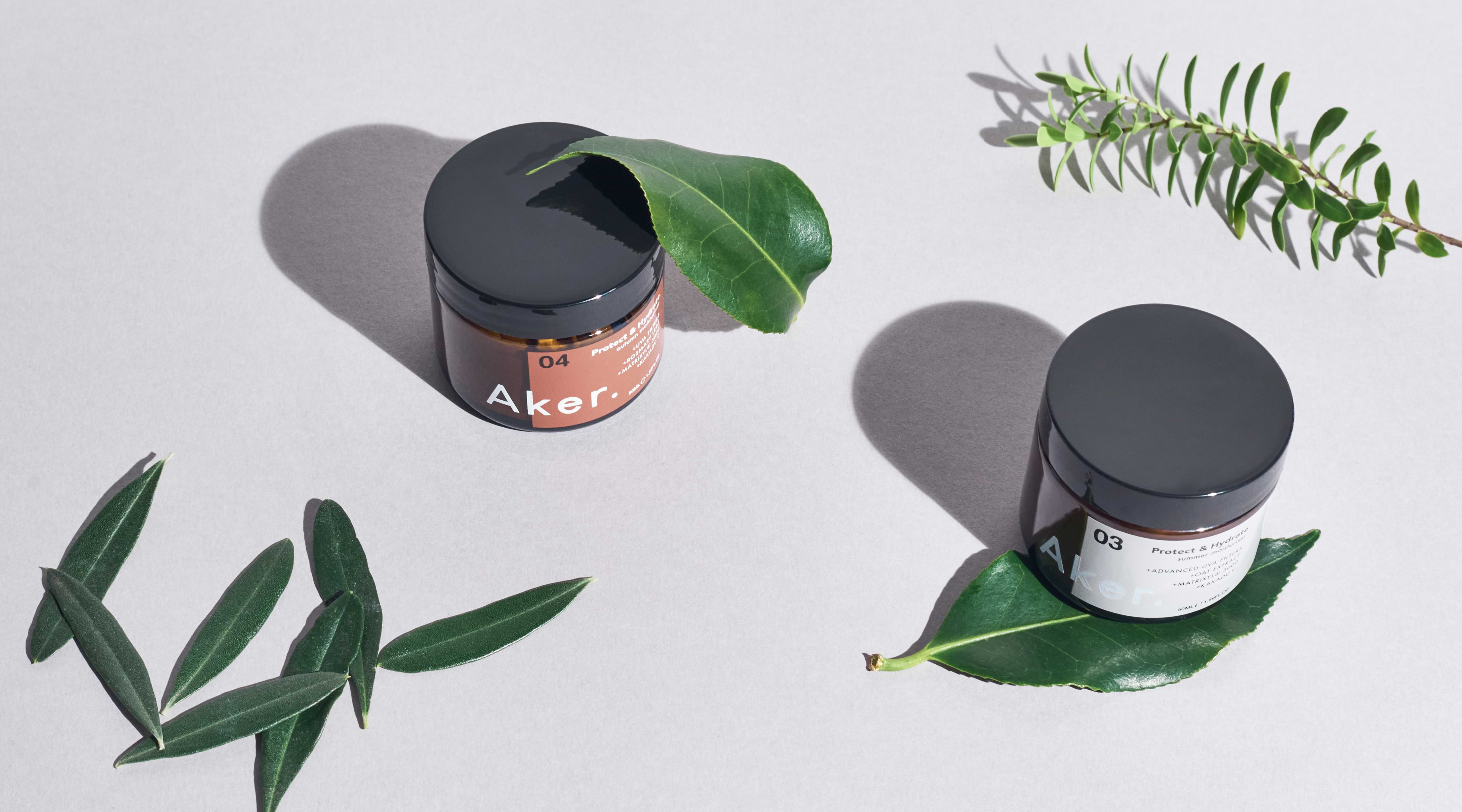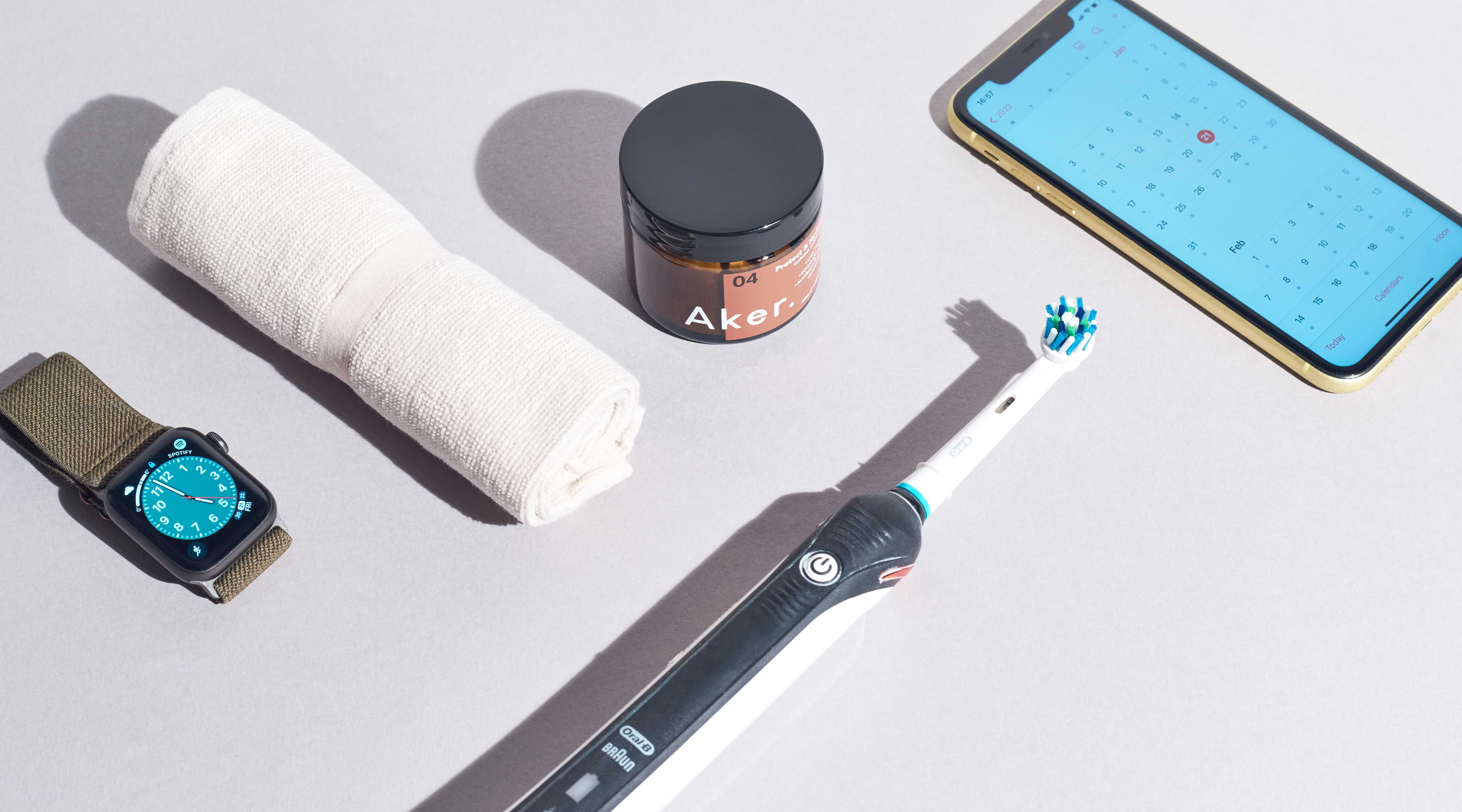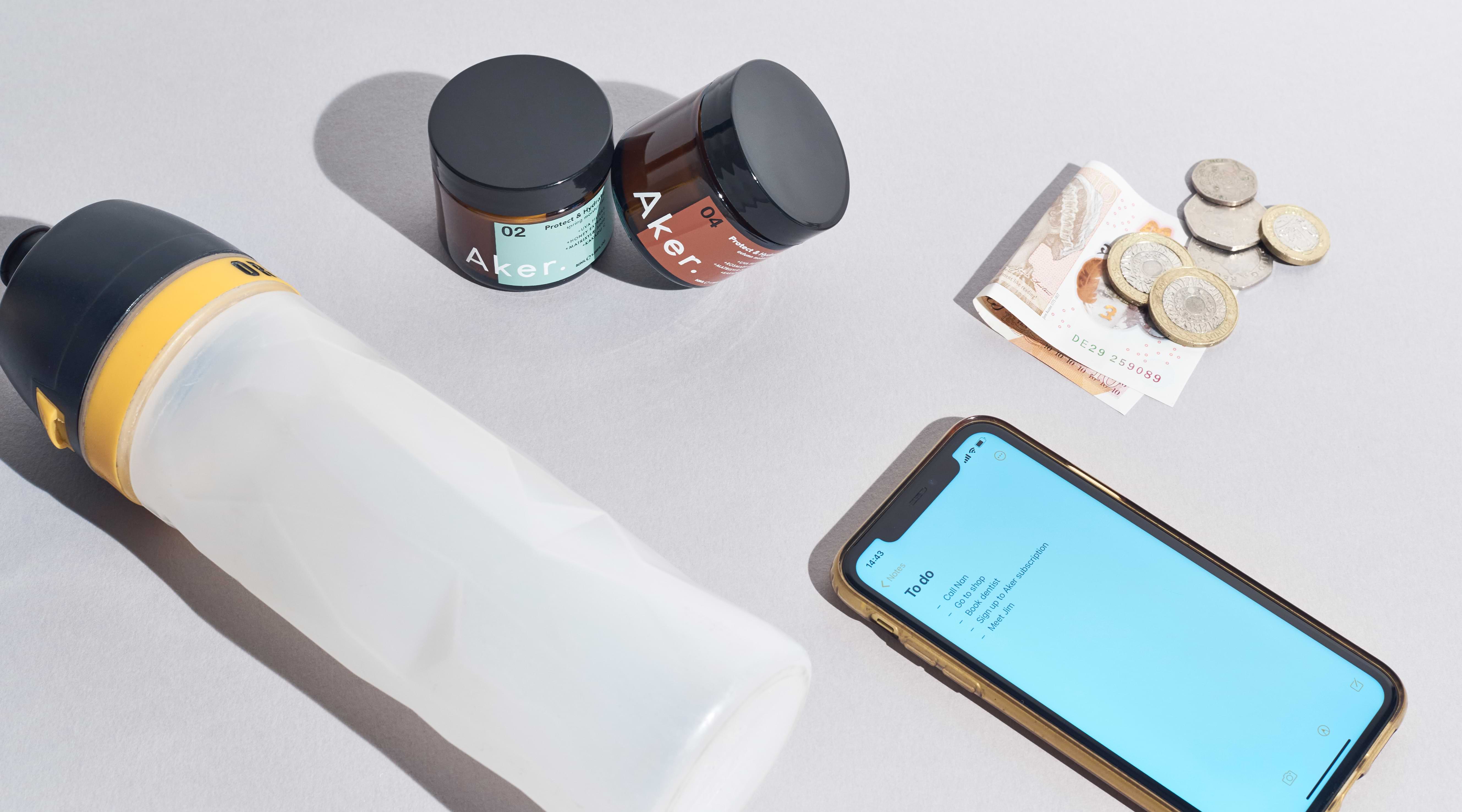Men’s skincare and grooming have been steadily growing over the last decade, but with that growth comes big questions around sustainability and ethics.
But is skincare doomed to be a harmful, high-impact category, or is there hope for a brighter future?
We want to lay out the situation as it is now, explain the issues that face consumer and skincare brands as the category continues to grow, and how we can keep growing and bringing quality products to market without causing harm.
Spending on skincare is growing and growing
There’s been steady growth in ‘male grooming’ for years now, and it shows no sign of slowing down - in fact, the global skincare market is predicted to grow by 21% between 2021 and 2025.
This is great news for lots of reasons - not just because we’re a skincare brand! This continued growth means guys are looking after their skin more, it means more research is going into quality ingredients, and it means that there is the opportunity for new brands to push the limits and do things differently.
But it’s not all sunshine and rainbows.
A lot of leading skincare products have a fair few skeletons in their closet and the planet is calling time on these dirty secrets.
If the skincare market is going to keep growing, it could come at a huge cost to the environment.
The environmental issues intersecting with skincare
The environmental impact of skincare is multi-faceted and covers several of the most pressing environmental issues of our time.
Let’s take a look at some of the areas skincare’s environmental footprint covers.
Land use and deforestation
Many skincare products fall back on lipids like coconut oil, shea butter, palm oil, and cocoa butter.
All of these ingredients are common in many products (not just skincare) and their popularity is putting high demands on the areas in which they grow.
That usually means growing monocultures (which reduce the levels of carbon sequestration in soil), but can also be responsible for “high rates of forest loss”, especially in the case of palm oil.
Biodiversity and habitats
We mentioned monocultures in the previous paragraph, but the more we land we dedicate to planting and growing single crops, the less wildlife will thrive in that space.
In fact, monocultures affect the land immediately surrounding them as well, causing “the reduction of biodiversity in adjacent fields and ecosystems.”
Varied planting and land use make for healthy land, and healthy land makes for a healthy planet.
Water pollution
We’ve discussed ingredients like triclosan and phthalates in previous articles we’ve written, but there are (incredibly) still some products that use these chemicals - or ones with similarly harmful effects on water health.
This detailed research piece explains the prevalence of cosmetic chemicals in the water around San Francisco’s Bay, if you’re interested in a deeper dive, but we can sum the issue up quickly now.
Some cosmetic chemicals pollute open waters, disrupting hormones in aquatic wildlife and causing catastrophic issues in their health and reproduction.
Really bad news and entirely avoidable, if only certain brands would choose not to use these cheap ingredients..
Emissions
Every product and service we buy has greenhouse gas (GHG) emissions embedded in it. The industry standard, set by Greenhouse Gas Protocol, divides ‘lifecycle’ emissions into three ‘scopes’:
- Scope 1: All direct GHG emissions.
- Scope 2: Indirect GHG emissions from consumption of purchased electricity, heat or steam.
- Scope 3: Other indirect emissions, such as the extraction and production of purchased materials and fuels, transport-related activities in vehicles not owned or controlled by the reporting entity, electricity-related activities, outsourced activities, waste disposal, etc.
For skincare brands, the majority of emissions come under Scope 3.
There’s no way to make an emissions-free manufacturing process, but some companies choose to offset or neutralise. There are conflicting views around this, as some argue it can act as a ‘get out of jail free card’ for brands to avoid reducing their overall environmental footprint.
What’s at stake?
We don’t need to add a Greta Thunberg video to this article - by now, we should all be well aware of the climate crisis and the risks we face.
As we continue to teeter on the edge of the cliff, the prospect of an industry growing by 21% in the next four years will bring with it some consequences.
If skincare grows as predicted, its environmental footprint will grow (roughly) at the same rate. Let’s not mince our words: we are not in a good position to be adding more strain on the planet.
With governments and NGOs rushing to find safe and practical ways to keep global heating under 1.5C, every manufacturer, service provider, and organisation needs to be contributing to a better future.
Can skincare grow sustainably?
Yes. There is a better way to make skincare products than many brands currently do.
There are plenty of companies out there creating a brighter future for skincare - making it more sustainable, doing things with better ethics, and committing to keeping our skin healthy without making the planet sicker.
We’re one of them, but we support every skincare company that’s trying to make the market cleaner, kinder, and better.
At Aker, we use environmentally-friendly and low-impact ingredients, recycled and recyclable packaging, and never test on animals.
There’s plenty more we can do (and have in the pipeline), but we want to be proof to companies, big and small, and their customers that we don’t have to choose single-use packaging, harmful ingredients, and rapacious business strategies.



